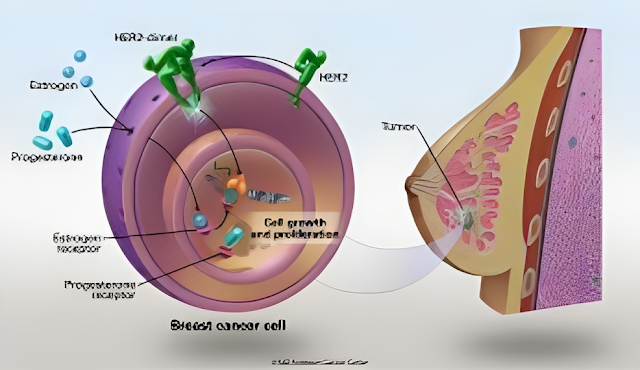Triggered Finger And The Pivotal Role Of Physiotherapy

Triggered Finger And The Pivotal Role Of Physiotherapy It can be very crippling to have a disorder that interferes with the smooth operation of our fingers in a world where our hands carry out many jobs each day. The condition known as trigger finger, which is distinguished by painful and frequently jerky finger movement, can drastically lower a person's quality of life. Fortunately, physiotherapy has become a highly effective non-invasive therapeutic option beyond surgical and medicinal procedures. Electrotherapy and a variety of mobility exercises are part of the physiotherapy process. We shall examine the trigger finger's intricacies in this blog, along with its aetiology, symptoms, and—most importantly—the crucial role that physiotherapy plays in its treatment. What Causes Trigger Fingers? Trigger finger or trigger thumb is the result of swelling in or around the tendons in your fingers or thumb. Bands of tissue called tendons connect muscles to bones which allow
